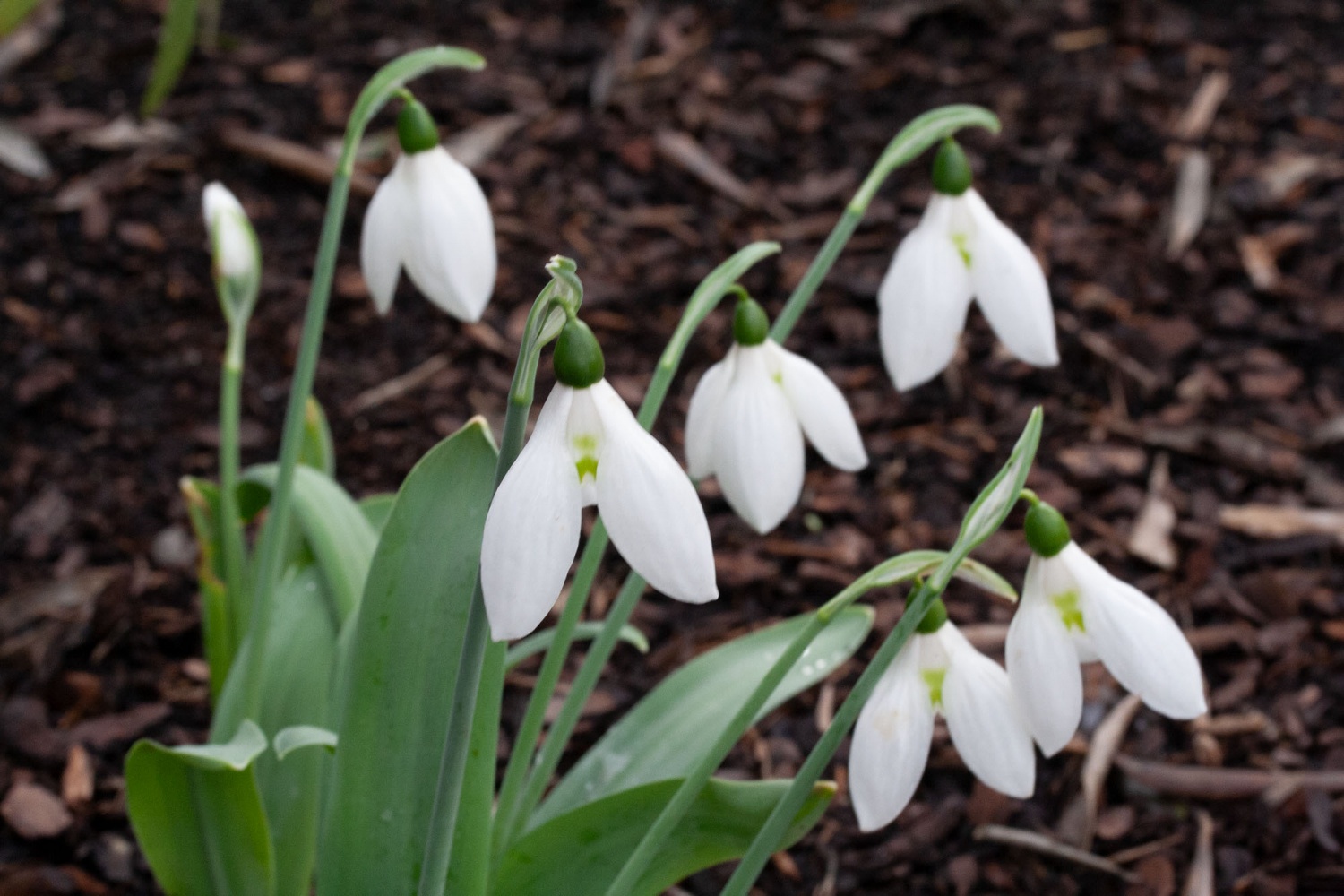Uncategorized
Snowdrops (Galanthus)
Snowdrops (Galanthus) have naturalised so far and wide in the British Isles that they are often called English snowdrops. They aren’t however native to Britain but were brought back by pilgrims who had travelled to the Holy Land during Medieval times.
In England they flower around Candlemas day, February 2nd, which is 40 days after Christmas. This holy day commemorates the time when the Virgin Mary went to the Temple in Jerusalem to be purified and to present her son Jesus, the light of the world, to God. Richard Mabey, the English naturalist, made the point that the greatest areas of naturalised snowdrops on the UK are to be found around old ecclesiastical establishments.
Turkiye is the epicentre for Galanthus species with nine of the twenty known species occuring in Turkiye, most of which are endemic. G. elwesii from south west and southern Anatolia in Turkiye is a species that does really well in my garden. From an original order of three bulbs thirty years ago, there we have many thousands in the garden now. Not only does it increase well from the bulb but it also self-sows. How generous!
True snowdrops have very distinctive flowers. They are always white and have three larger outer petals and three smaller inner petals. The inner petals have green markings. Snowdrops always do best when grown under trees. We have them under olives and the Chinese Paulownia here at Lambley.

